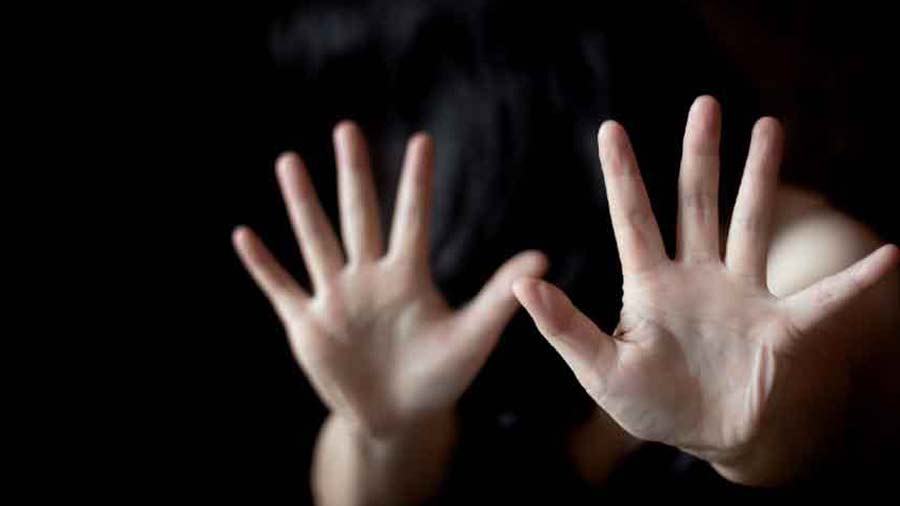On November 25, 1960, the Mirabal sisters, who fought for their rights against the Dominican dictator, Rafael Trujillo, were brutally assassinated. In 2000, the United Nations designated November 25 as the International Day for the Elimination of Violence Against Women to honour their sacrifices. It is disheartening that a few days before its 22nd commemoration, the chief of the United Nations, António Guterres, revealed that a woman or a girl is killed every 11 minutes by an intimate partner or a family member. Incidentally, Mr Guterres’s revelation comes at a time when India is grappling with coming to terms with the brutal murders of two women: Shraddha Walker was killed and dismembered by her live-in partner in Delhi; soon after, a man in Uttar Pradesh murdered his former girlfriend in a similar manner. These grim crimes are, however, consistent with data on violence against women and girls. The Asia-Pacific region accounted for the highest number of intimate partner or family-related femicides in 2021. The National Crime Records Bureau has found that crimes against women have increased by 15.3% in 2021 over the previous year, while the general crime rate has risen from 56.5% in 2020 to 64.5% in 2021.
But these murders do not tell the whole grisly tale. Broader reactions to the women’s deaths are instructive in ascertaining the embedded social malaise. Consider Ms Walker’s case. In a telling indication of the prevailing socio-political mood in India, there have been relentless efforts to link the crime to ‘love jihad’, the bogey peddled by bigots who allege that the minority community lure Hindu women into marital unions. Another perverse sentiment was echoed by none other than a public representative — a Union minister — Kaushal Kishore, who blamed ‘live-in’ relationships for the abuse inflicted on women. Evidently, the civilised idea of women exercising their own agency in choosing their partners has no place in Mr Kishore’s patriarchal universe. Shockingly, the victim has also been vilified for ignoring red flags; this only goes to show how superficial the collective understanding is of the underpinnings of abuse. This prevalent culture of victim-shaming can be put in perspective. Data from the National Family Health Survey indicate that such are the deep roots of toxic masculine mores that a significant percentage of married women end up justifying — and, hence, perpetuating — the violence that is inflicted upon them.
It is imperative that domestic abuse is understood as the consequence of larger processes. The inequitable distribution of power and resources among the sexes, to cite one of the structural anomalies, leads* to institutionalisation and even valorisation of violence against women. Law as a deterrent is in place. It must be complemented by timely and empathetic intervention to check abuse; there must also be adequate scope of rehabilitation for women lacking a support system. Equally important are discussions on agency, consent and bodily integrity; these must begin at the earliest, at home and school. Righteous indignation at the violation of women is not enough. It must be accompanied by the societal ability to identify concealed conditions that are catalysts of violence.










